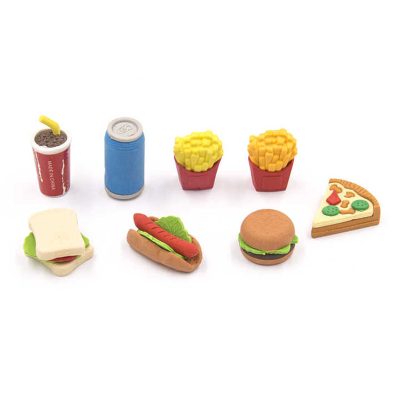The Comprehensive Guide to TPR Materials: Everything You Need to Know
In today’s rapidly evolving material science landscape, Thermoplastic Rubber (TPR) stands out as a versatile and widely used material in various industries. From automotive components to consumer goods, TPR’s unique properties make it a preferred choice for manufacturers seeking durability, flexibility, and performance. This article delves deep into the world of TPR materials, covering its composition, benefits, applications, and much more. Join us as we explore the ins and outs of TPR, a material that’s reshaping the way we think about synthetic rubbers.
Contents
Guide to TPR Materials – What is Thermoplastic Rubber (TPR)?

Thermoplastic Rubber, or TPR, is a class of copolymers or a physical mix of polymers (usually a plastic and a rubber) that consist of materials with both thermoplastic and elastomeric properties. TPR is made by blending styrene block copolymers with rubber, creating a material that exhibits both the characteristics of rubber and plastic.
Guide to TPR Materials- Benefits of Using TPR
- Versatility: TPR can be molded into a wide range of shapes, making it suitable for various applications.
- Recyclability: Unlike traditional rubber, TPR can be recycled, making it an eco-friendly option.
- Durability: It offers excellent resistance to abrasion, wear and tear, making it durable.
- Cost-Effectiveness: TPR is often more affordable than conventional rubber, reducing manufacturing costs.
Applications of TPR in Different Industries
TPR’s unique properties make it an ideal choice for numerous applications across different sectors:
- Automotive: Door and window seals, gaskets, and mats.
- Consumer Goods: Soft grips on tools, toys, and footwear.
- Medical Devices: Flexible tubes, seals, and gaskets.
- Electronics: Cable insulation and connectors.
Comparison with Other Materials
TPR vs. Silicone:
- TPR is generally more cost-effective than silicone.
- Silicone offers higher temperature resistance than TPR.
TPR vs. PVC:
- TPR is more flexible and durable compared to PVC.
- PVC is harder and may not offer the same level of comfort as TPR in certain applications.
Choosing the Right TPR for Your Project
When selecting TPR for your project, consider the following factors:
- Application requirements (flexibility, durability, temperature resistance)
- Environmental considerations (recyclability, eco-friendliness)
- Cost constraints
Best Practices for Working with TPR
- Ensure the correct molding temperature and pressure for optimal results.
- Consider the end-use environment to select the suitable TPR grade.
- Test prototypes thoroughly before mass production.
Future of TPR Materials

With ongoing research and development, TPR materials are expected to become even more versatile and sustainable. Innovations in TPR formulations are likely to open up new applications and improve performance in existing ones.
Thermoplastic Rubber (TPR) offers a compelling combination of flexibility, durability, and eco-friendliness, making it a valuable material across various industries. Its ability to be recycled and molded into diverse shapes, coupled with its cost-effectiveness, positions TPR as a material of choice for sustainable and innovative manufacturing.
FAQs
- What makes TPR environmentally friendly? TPR can be recycled, reducing waste and the need for virgin materials.
- Can TPR be used in high-temperature applications? While TPR has good temperature resistance, it may not be suitable for extremely high-temperature applications. It’s important to select the right TPR grade based on temperature requirements.
- Is TPR suitable for medical devices? Yes, TPR is used in various medical devices due to its flexibility, durability, and compliance with health and safety standards.
- How does TPR compare to natural rubber in terms of performance? TPR offers similar flexibility and durability as natural rubber but with the added benefits of recyclability and cost-effectiveness.
- Can TPR be colored? Yes, TPR can be easily colored during the manufacturing process, allowing for a wide range of design options.

